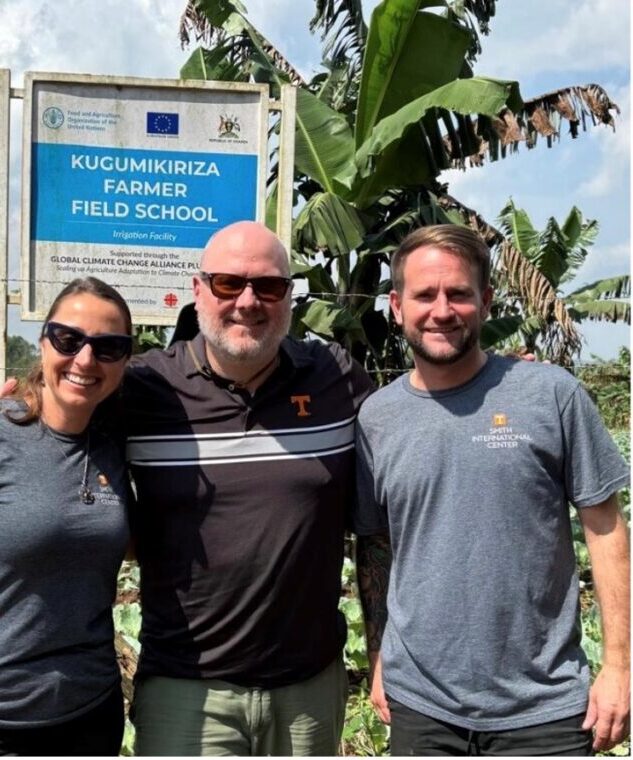This global center project is missioned to create climate-smart nexus of food, energy, and water (FEW) systems in small farms (CFEWS) based on the principles of circular bioeconomy. The overarching goal of the project is to develop a scalable platform for integrating siloed research and translating them into tangible solutions that ensure the prosperity of climate-vulnerable small farms. In brief, the proposed CFEWS provides five interleaved circular services (i.e., renewable energy generation, increased crop production, precision water management, biowaste fertilization, accelerated soil restoration, and enhanced socioeconomic sustainability) while making small farms self-sustaining, carbon-negative, profitable, and public acceptable:
Specific Aims of the project are to (1) design weather sensor-driven angle-adjustable solar arrays above crop canopy to generate electricity and meanwhile increase crop production by providing shading to crops at adverse radiation times, (2) utilize the solar arrays to collect and divert rainwater to on-site underground tank or wetland ponds for subsequent precision irrigation, (3) produce hydrogen/biogas from livestock manure, (4) convert crop residues into ammonia fertilizers, (5) accelerate soil restoration, (6) promote socioeconomic sustainability, and (7) train future workforce in circular bioeconomy systems and research translation.
CFEWS Committee
The CFEWS Program is administered by the UT Institute of Agriculture (UTIA). Dr. Jie (Joe) Zhuang serves as Principal Investigator (PI) and Co-PIs Drs. Frank Löeffler, Hao Gan, David Ader and Dilip Nandwani.
REGIONAL RESEARCH WORKSHOPS
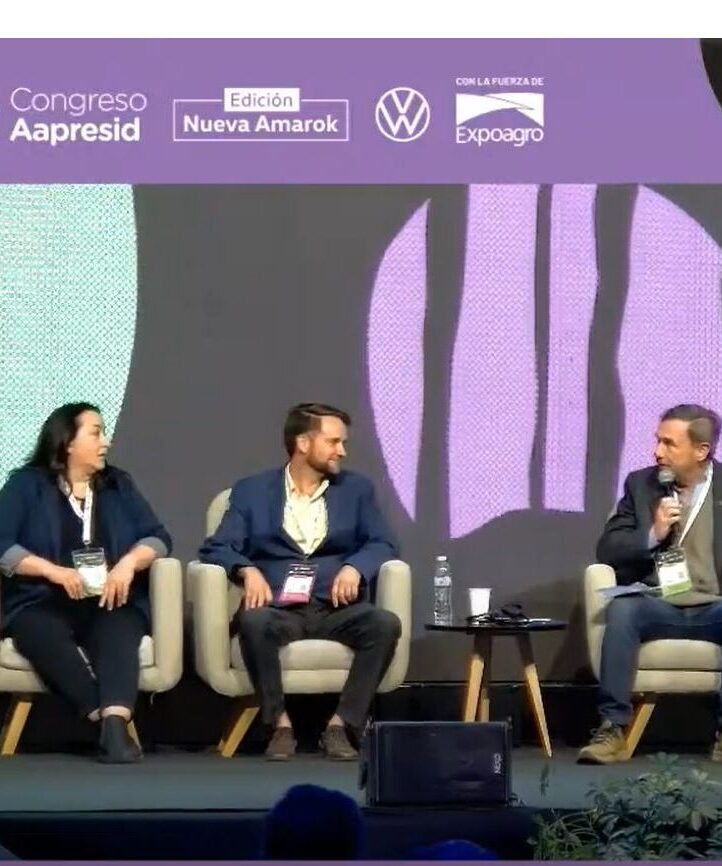
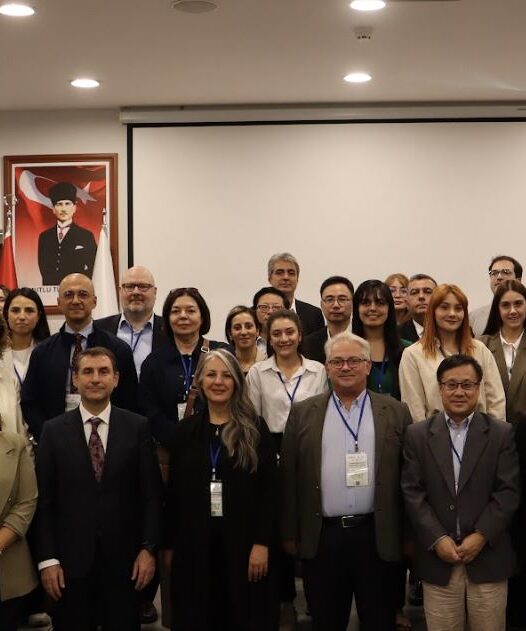
WORKFORCE DEVELOPMENT


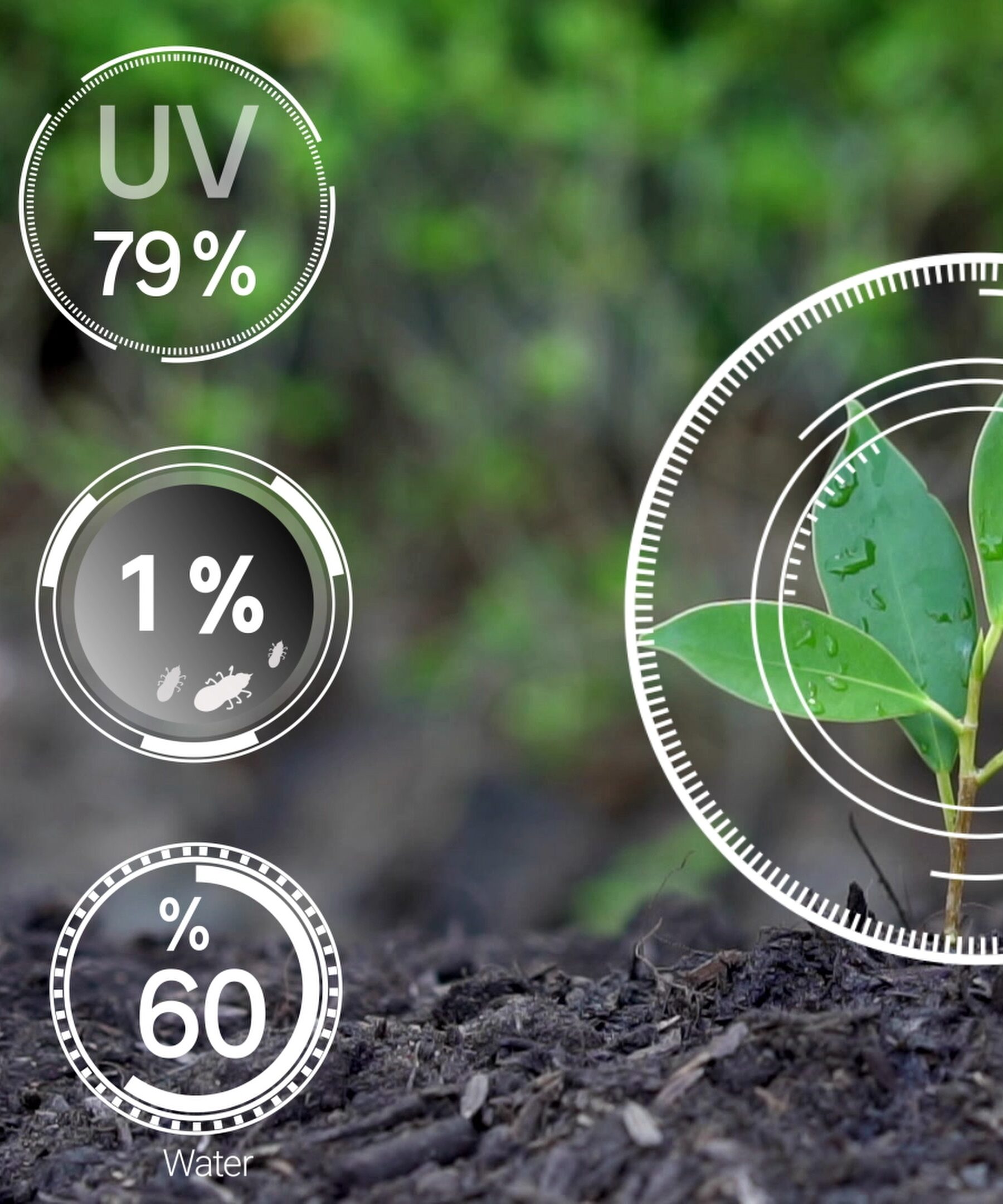
Worldwide CFEWS Network
Learn about our FEWSUS-CFEWS Student Network

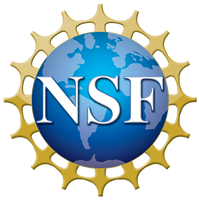
This project was funded by a research grant from the National Science Foundation (NSF) through a program called NSF Division of Chemical, Bioengineering, Environmental, and Transport Systems. Any opinions, findings, conclusions or recommendations expressed on this website are those of the authors and do not necessarily reflect the views of NSF.
